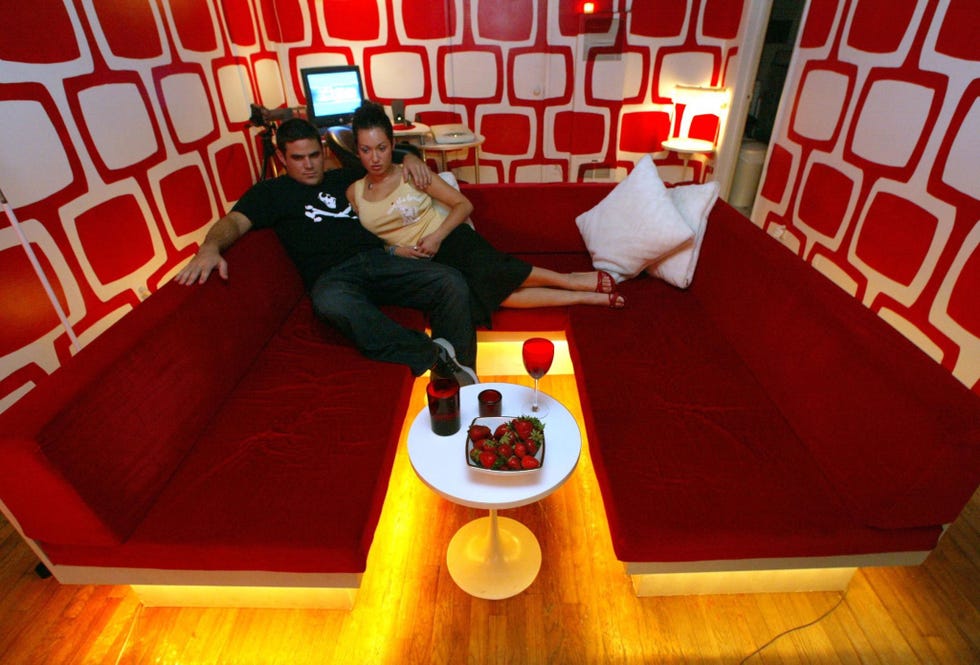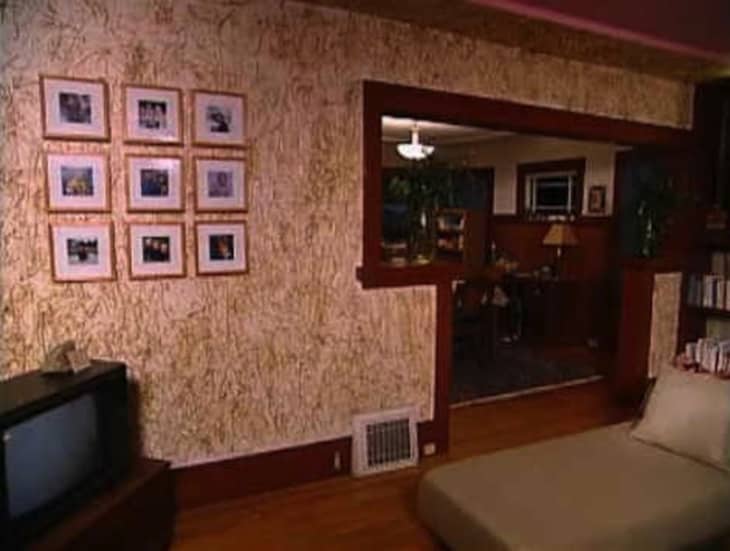Trading spaces play a crucial role in the success of any trader, yet many overlook the importance of optimizing their workspace. A poorly designed trading space can lead to significant challenges, affecting productivity, decision-making, and overall performance. In this article, we will explore the worst trading spaces and reveal the issues that traders face when working in suboptimal environments.
Whether you're a seasoned professional or a beginner in the world of trading, understanding the impact of your workspace is essential. A trading space is not just a physical area but an extension of your mindset and strategy. This article aims to highlight the pitfalls of poorly designed trading environments and provide actionable insights to improve them.
By the end of this article, you will have a clear understanding of the worst trading spaces, the problems they cause, and how to create a trading environment that supports success. Let's dive into the details and uncover the truth about these spaces.
Read also:Exploring The Vibrant Regal Simi Valley Civic Center A Hub For Community And Entertainment
Table of Contents
- Introduction to Trading Spaces
- Common Characteristics of Worst Trading Spaces
- Psychological Impact of Poor Trading Environments
- Physical Discomfort in Trading Spaces
- Technological Limitations in Trading Spaces
- Environmental Factors Affecting Trading Performance
- How to Identify Worst Trading Spaces
- Transforming Worst Trading Spaces into Successful Ones
- Expert Advice on Trading Space Optimization
- Conclusion and Next Steps
Introduction to Trading Spaces
Trading spaces are the foundation of a trader's daily routine. These environments can range from a simple home office setup to a fully equipped trading room with advanced technology. However, not all trading spaces are created equal. Some spaces hinder performance rather than enhance it, leading to what we call "worst trading spaces."
Understanding the components of a trading space is critical. A well-designed space includes ergonomic furniture, proper lighting, minimal distractions, and access to reliable technology. In contrast, worst trading spaces often lack these essential elements, resulting in decreased productivity and increased stress.
Common Characteristics of Worst Trading Spaces
The worst trading spaces share several common traits that make them less than ideal for trading activities. Below are some of the key characteristics:
1. Lack of Ergonomic Design
One of the most significant issues in worst trading spaces is the absence of ergonomic design. Traders who spend long hours in uncomfortable chairs or improperly adjusted desks can experience physical discomfort, leading to fatigue and reduced focus.
2. Poor Lighting
Inadequate lighting is another common problem. Spaces with insufficient natural light or harsh artificial lighting can strain the eyes and affect concentration. Proper lighting is crucial for maintaining alertness throughout the trading day.
Read also:Is Will Smith Alive In 2024 A Closer Look At The Beloved Star
3. Excessive Distractions
Distractions are a trader's worst enemy. Worst trading spaces often have too many distractions, such as noise from family members, pets, or nearby construction. These interruptions can disrupt focus and lead to poor decision-making.
Psychological Impact of Poor Trading Environments
The psychological effects of poor trading environments cannot be overstated. When traders work in suboptimal spaces, they may experience increased stress, anxiety, and frustration. These negative emotions can cloud judgment and lead to impulsive trading decisions.
Research has shown that the environment plays a significant role in shaping mental health. Traders who work in cluttered or disorganized spaces may feel overwhelmed, while those in well-organized environments tend to perform better. Creating a positive psychological environment is essential for long-term trading success.
Physical Discomfort in Trading Spaces
Physical discomfort is a common issue in worst trading spaces. Traders who sit for extended periods without proper support can develop back pain, neck strain, and other musculoskeletal problems. Ergonomic furniture, such as adjustable chairs and standing desks, can help alleviate these issues.
Additionally, maintaining proper posture is crucial for reducing physical strain. Traders should ensure that their monitors are at eye level and their keyboards are positioned to minimize wrist strain. These small adjustments can make a significant difference in overall comfort and productivity.
Technological Limitations in Trading Spaces
Technology is a critical component of any trading space. However, the worst trading spaces often suffer from technological limitations that hinder performance. Slow internet connections, outdated software, and unreliable hardware can all contribute to a less-than-ideal trading experience.
1. Internet Connectivity
A stable and fast internet connection is essential for traders who rely on real-time data and news updates. Slow or intermittent connectivity can lead to missed opportunities and delayed trades.
2. Outdated Software
Using outdated trading software can limit access to the latest features and tools. Traders should regularly update their software to ensure they have the best resources available.
3. Hardware Issues
Hardware failures, such as malfunctioning monitors or keyboards, can disrupt trading activities. Investing in high-quality hardware is a worthwhile investment for any trader.
Environmental Factors Affecting Trading Performance
Environmental factors play a significant role in trading performance. Temperature, humidity, and air quality can all impact a trader's ability to focus and perform at their best. Below are some key environmental factors to consider:
- Temperature Control: A comfortable temperature is essential for maintaining focus and avoiding distractions.
- Air Quality: Poor air quality can lead to fatigue and respiratory issues, affecting overall performance.
- Humidity Levels: Maintaining optimal humidity levels can prevent discomfort and equipment damage.
How to Identify Worst Trading Spaces
Identifying worst trading spaces requires a critical evaluation of the environment. Traders should assess their workspace based on the following criteria:
- Ergonomic design and furniture
- Lighting and ventilation
- Level of distractions
- Technology and connectivity
- Environmental factors
By evaluating these factors, traders can determine whether their current space is suitable for trading activities or if improvements are needed.
Transforming Worst Trading Spaces into Successful Ones
Transforming a worst trading space into a successful one requires careful planning and execution. Below are some steps traders can take to optimize their workspace:
1. Invest in Ergonomic Furniture
Upgrading to ergonomic furniture can significantly improve comfort and productivity. Adjustable chairs and standing desks are excellent investments for any trader.
2. Enhance Lighting
Improving lighting can make a noticeable difference in the trading experience. Consider adding natural light sources or investing in high-quality artificial lighting.
3. Minimize Distractions
Reducing distractions is crucial for maintaining focus. Traders can achieve this by creating a dedicated trading room or using noise-canceling headphones.
Expert Advice on Trading Space Optimization
Experts in the field of trading space optimization recommend several strategies for improving workspace efficiency. According to a study published in the Journal of Trading, traders who optimize their spaces report higher levels of satisfaction and better performance.
Key takeaways from expert advice include:
- Customizing the workspace to meet individual needs
- Regularly updating technology and software
- Creating a clutter-free environment
Conclusion and Next Steps
In conclusion, worst trading spaces can have a detrimental impact on trading performance. By understanding the characteristics of these spaces and taking steps to improve them, traders can create environments that support success. Remember to focus on ergonomic design, proper lighting, minimal distractions, and reliable technology.
We encourage you to evaluate your current trading space and make the necessary improvements. Share your thoughts and experiences in the comments below, and don't forget to explore our other articles for more valuable insights into trading and personal development.
References:
- Journal of Trading, "The Impact of Trading Spaces on Performance," 2022.
- Harvard Business Review, "The Psychology of Trading Environments," 2021.
- Forbes, "Top Tips for Optimizing Your Trading Space," 2023.


